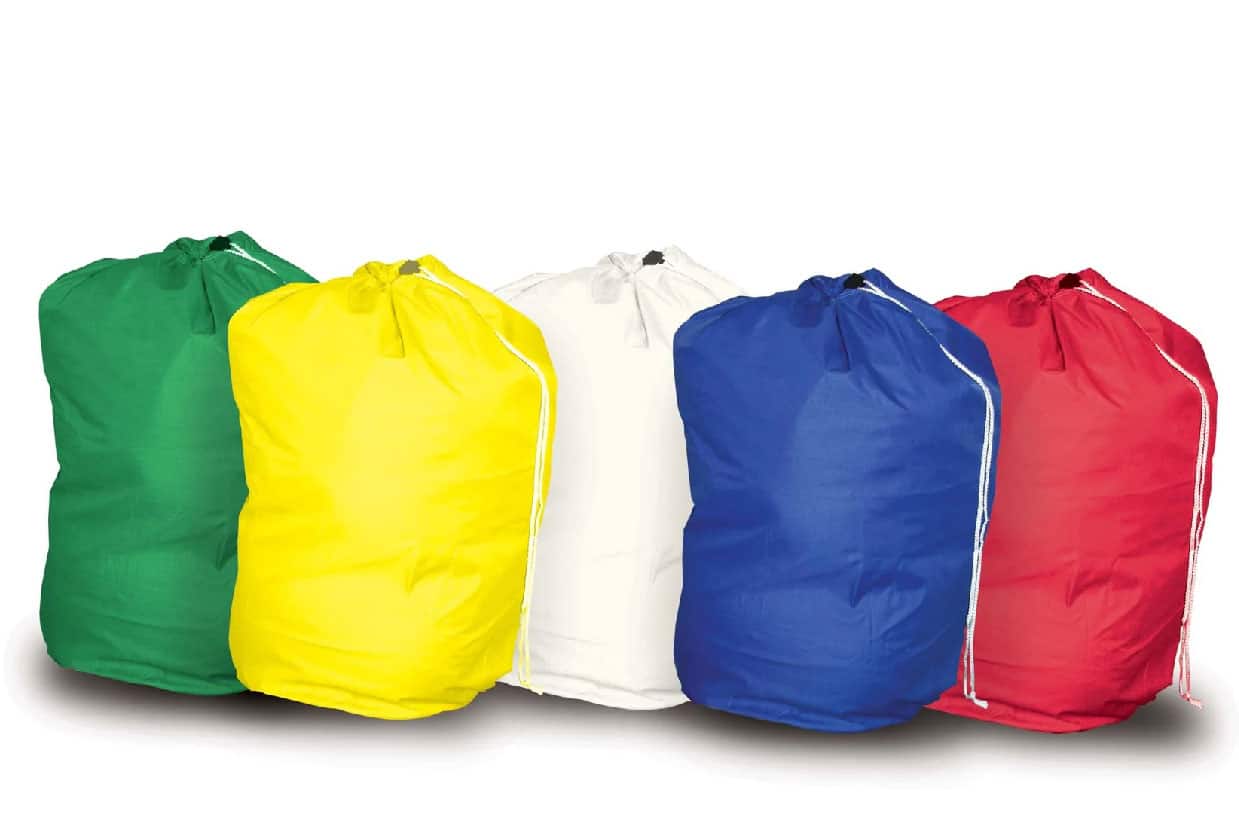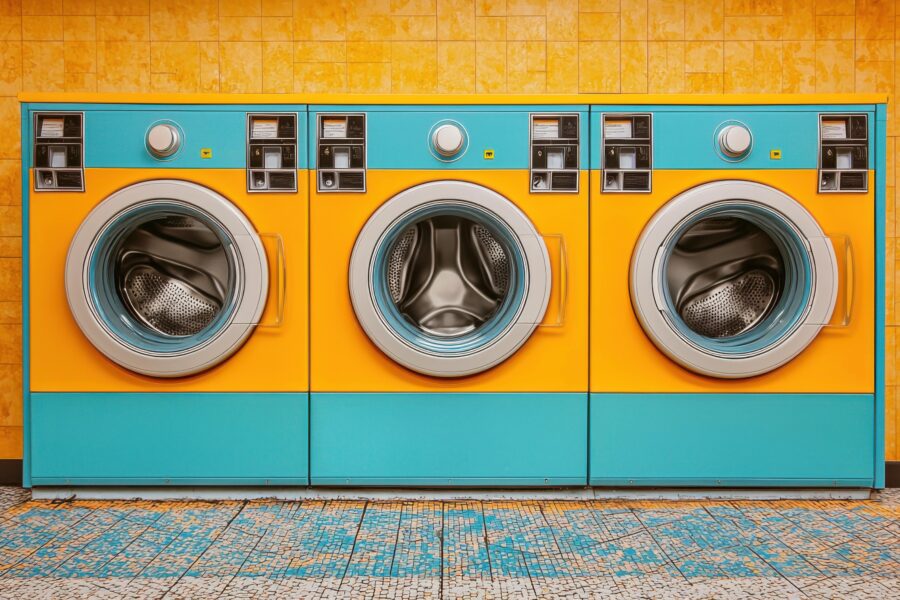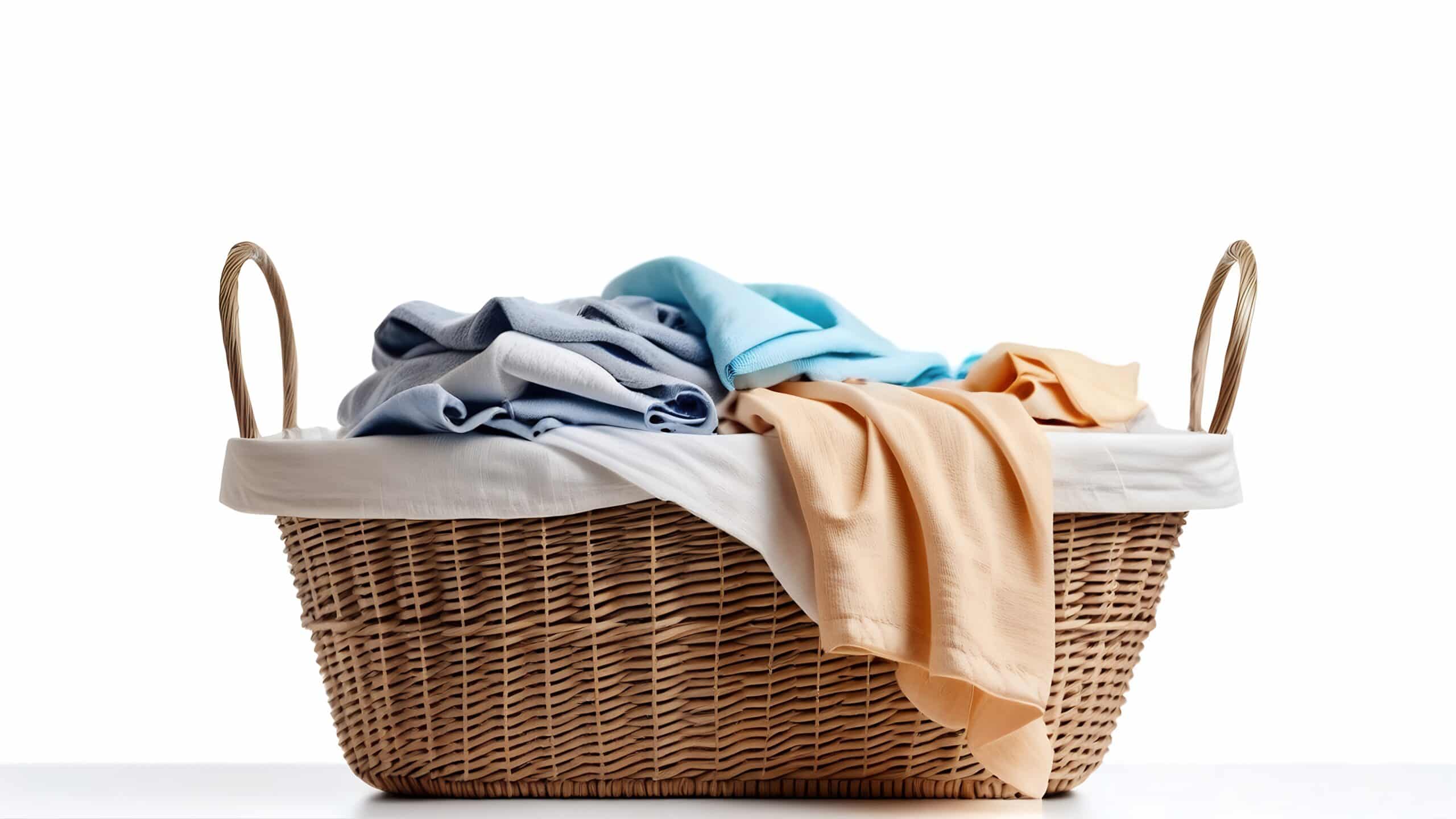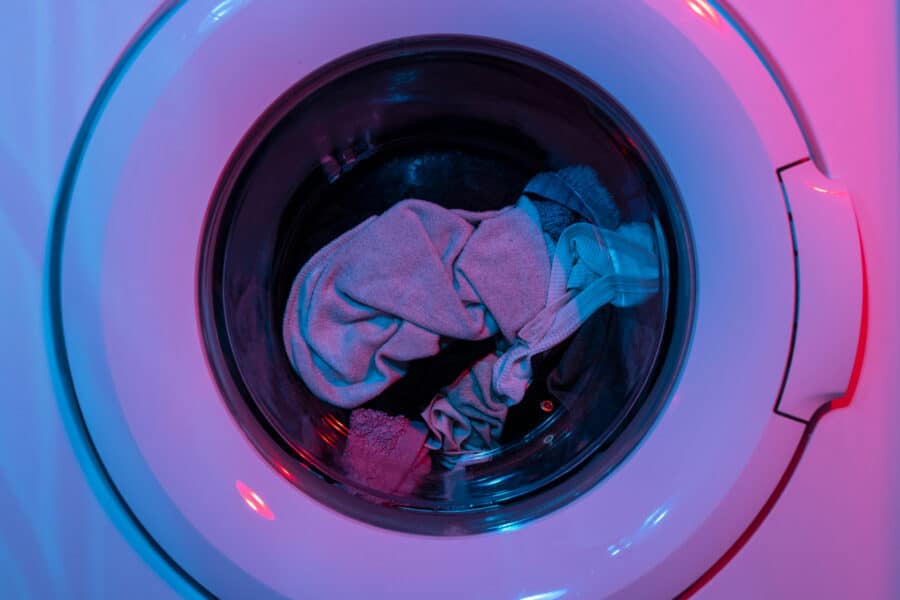How to Separate Laundry in Care Homes: Colour Coding and Risk Categories Explained
Proper laundry handling in care homes is more than just good housekeeping—it’s a core part of infection control, resident dignity, and regulatory compliance. When laundry is mishandled, cross-contamination becomes a serious risk.
In this article, we explain how to separate laundry in care homes correctly, using colour-coded systems, risk categories, and best practices recommended by healthcare and care quality bodies.
Why Laundry Separation Matters in Care Homes
Care homes process large volumes of laundry daily, often including soiled items, personal clothing, bedding, towels, and staff uniforms. When these items are washed together without proper separation, pathogens can spread quickly—posing
risks to both residents and staff.
More importantly, CQC inspections and infection control audits routinely assess laundry procedures. Establishing a safe, standardised process helps ensure compliance—and peace of mind.
Step 1: Use Colour-Coded Bags for Sorting
Colour-coded laundry bags are a simple but powerful way to organise items by risk level before washing.
Here’s a breakdown of the standard system used across healthcare and care home environments:
| Colour | Use |
|---|---|
| Red (water-soluble) | Infectious or soiled laundry (e.g. faecal matter, blood) |
| White or Clear | Personal laundry (resident clothing) |
| Blue | Soiled but non-infectious laundry (e.g. towels, bed sheets) |
| Green | Kitchen laundry (e.g. tea towels, aprons) |
To comply with best practices, red bags should be placed inside white outer bags and placed directly into the machine without being opened. This reduces the risk of airborne contamination or staff exposure.
If your home isn’t currently using a clear bag system, our team can advise on equipment and product solutions.
Step 2: Keep Laundry Bins Clearly Labelled and Covered
Make sure each laundry collection point:
-
Has colour-coded signage matching the bags
-
Uses lidded, easy-clean containers
-
Is separate from clean laundry storage
This step may seem minor, but it helps staff stay consistent—especially temporary or new team members.
Step 3: Train Staff to Identify Risk Categories
Every item should be sorted according to risk, not just appearance. Make sure your team understands:
-
Infectious laundry includes items contaminated with blood, bodily fluids, or from isolation areas
-
Heavily soiled but non-infectious laundry may still require hot wash cycles and should be washed separately
-
Personal items should be washed separately to preserve fabrics and reduce resident-to-resident cross-contamination
Adding visuals or wall charts in the laundry room is a great way to reinforce this process.
Step 4: Pre-Treat and Pre-Rinse Appropriately
Not all stains or soils should be handled the same way. For example:
-
Solid waste should be removed before bagging
-
Soiled bedding should never be shaken or handled excessively
-
Pre-rinsing can be done in sluice rooms if available, otherwise red bags should go straight into the machine
This step is crucial for maintaining effective infection control during laundry processing.
Step 5: Use Dosing and Disinfection Correctly
Once separated, it’s essential to wash laundry with the right chemical doses and water temperature. Many care homes now use auto-dosing systems, which help maintain consistent disinfection and reduce human error.
For care homes that haven’t yet upgraded, we recommend reviewing our chemicals and auto-dosing solutions—they’re built specifically for high-risk environments like yours.
Step 6: Use the Right Machines for Each Load Type
Not every commercial washer is designed to handle infectious laundry or PPE-heavy loads. It’s vital to:
-
Use machines with disinfection rinse cycles
-
Program correct cycle temperatures (usually 65–71°C minimum for thermal disinfection)
-
Regularly clean and maintain machines to prevent microbial build-up
If you need guidance on upgrading or expanding your setup, visit our laundry equipment page or get in touch with us.
Additional Resource
For additional clarity on infection prevention in laundry handling, the NHS Health Technical Memorandum 01-04 provides detailed, non-commercial guidance on the safe decontamination and separation of linen in care and healthcare settings. It’s a trusted resource that aligns with CQC expectations and best practice protocols.
Final Thoughts
Knowing how to separate laundry in care homes is more than a back-room task—it’s frontline infection control. With colour-coded systems, proper staff training, and reliable equipment, you can prevent contamination, meet audit standards, and keep residents safe.
Need help reviewing your current system or processes? Book a consultation below and we’ll help you find the right laundry solution for your care home.
FAQs: Laundry Separation and Colour Coding in Care Homes
What is the standard colour-coding system for care home laundry?
Most care homes use the NHS-aligned system:
Red (water-soluble): Infectious or soiled laundry (blood, faecal matter, bodily fluids)
White or Clear: Resident personal clothing
Blue: Non-infectious soiled laundry (towels, bedding)
Green: Kitchen laundry such as aprons and tea towels
How should infectious laundry be handled?
Infectious laundry should go straight into red water-soluble bags, placed inside white outer bags, and transferred directly to the washing machine unopened. This minimises staff exposure and airborne contamination.
What are laundry risk categories in care homes?
Laundry is usually divided into three risk levels:
High-risk: Infectious or isolation laundry
Medium-risk: Heavily soiled but non-infectious items
Low-risk: Personal or lightly soiled laundry
Understanding these helps staff choose correct washing temperatures and disinfection cycles.
How can staff stay consistent with laundry colour-coding?
Use clear signage, wall charts, and colour-coded bins to match bag colours. Regular staff training and refreshers help everyone follow the same infection-control process.
Do laundry audits check for correct colour-coding?
Yes. CQC and local authorities often review how laundry is separated, stored, and labelled during audits. Following a clear colour-coded system supports compliance and shows best practice.
What temperature should care home laundry be washed at?
Thermal disinfection requires at least 71°C for three minutes or 65°C for ten minutes. If lower temperatures are used, detergents must meet EN 1276 or EN 1650 standards for chemical disinfection.
How can Able help care homes with laundry separation?
Able provides infection-control detergents, auto-dosing systems, and commercial laundry equipment built for care environments. The team also offers consultations to help homes meet HTM 01-04 and CQC requirements.





